Not having tasted edible vegetable stems is a missed opportunity. However, given the vast range of vegetables at our disposal, it can be challenging to distinguish between the consumable and inedible ones.
When it comes to the taste, personal preferences may vary, so I cannot guarantee that all of the stems will be enjoyable for everyone. Nevertheless, I will provide you with information that can assist you in making your own decision.
There is still a lot to discover when it comes to eating vegetable stems that are not commonly consumed in western society.
Although it may not seem appetizing, consuming vegetable stems is possible as they are an edible component of the vegetable and have a similar taste to the rest of the plant.
When it comes to vegetables, the stem is often distinguished from the body by its texture. It’s worth noting that in some cases, the stem is actually the only edible part of the vegetable.
Celery, for example.
There are several vegetable stems that you may not have tried eating yet, but after going through this article, you might become interested in exploring some of the options mentioned below.
Which Vegetables Stems Do We Eat (And Which Ones Can You Eat)?
Below is a compilation of vegetable stems that are frequently consumed and others that are edible but not as commonly used in recipes. Interestingly, for some of the vegetables mentioned, the stem is the sole edible part. Can you identify which ones?
- Asparagus
- Celery
- Bamboo shoots
- Broccoli
- Cauliflower
- Kohirabi
- Radish
- Onion
- Beet
- Rhubarb
- Shallots
- Leek
- Chard
- Fennel
- Kale
- Carrot
- Turnips
- Brussel Sprouts
- Scallion
As far as I am aware, all vegetables are composed of various components, just like the plant they originate from, which is then divided into distinct parts.
There are certain parts of vegetables that can be eaten, but there are also parts that are not safe for human consumption due to their toxicity.
There are several vegetables that we consume primarily as stems, including celery, asparagus, broccoli, rhubarb, cauliflower, bamboo shoots, and scallion. Although these vegetables consist of stems, not all of them have only edible stems.
Various vegetables have different edible parts, including roots, stems, leaves, seeds, bulbs, or tubers. In this article, we will focus on vegetable stems that are safe to consume and provide suggestions on how to cook and enjoy them.
Types of Vegetable Stems That Are Edible
It is now the moment to delve deeper and discover the actual activity by examining each vegetable stem.
Asparagus

Asparagus, a stem vegetable that we previously discussed, pairs well with various dishes and can be prepared in several ways such as grilling, pan-frying, or boiling.
While cooking asparagus, it is possible to leave the whole vegetable intact, but it’s important to note that the lower portion of the stem may be difficult to chew.
If you don’t like eating the bottom part of asparagus, you can remove it and cook the rest. It’s crucial to season asparagus correctly, no matter how you choose to prepare it.
Below are some suggestions for how to utilize asparagus.
- After placing it in the oven, apply a small amount of butter and sprinkle some salt on the vegetable stem.
- Season with garlic powder, salt, and pepper, then cook in the air fryer, oven, or frying pan.
- After boiling, add salt for seasoning
- Divide the vegetable stems into smaller portions and bake them in the oven, then serve with a side of seasoned yoghurt or your preferred dip sauce.
Typically, asparagus is accompanied by potatoes, meat (or a vegan alternative), and gravy.
Broccoli
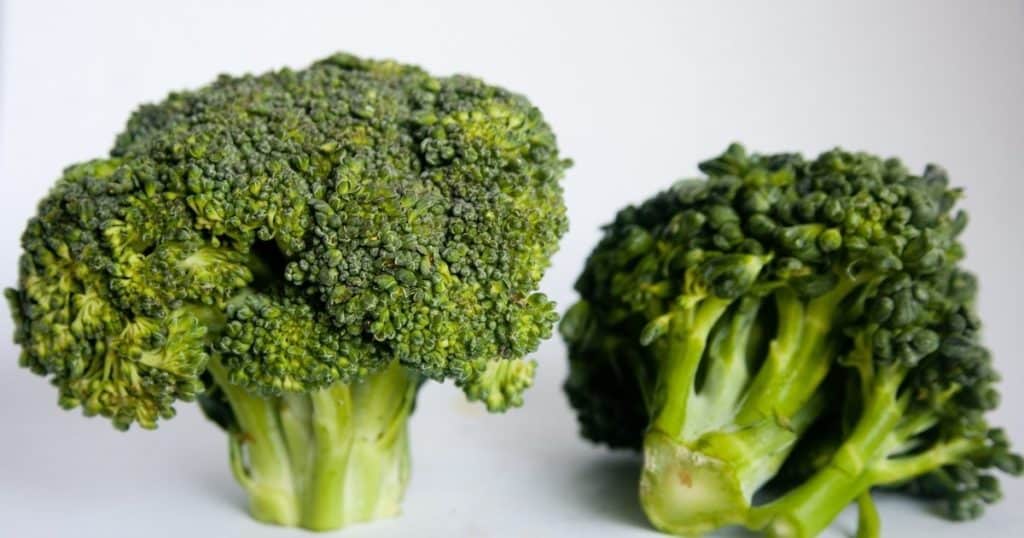
Most of us have eaten or seen broccoli, including its stem.
Broccoli is a nutritious vegetable that can be consumed in both raw and cooked forms, resembling a miniature tree with the stem being the trunk and the florets or leaves forming small bushes.
All parts of the broccoli plant are consumable, whether cooked or uncooked. However, it’s important to note that the stem is a dense piece that may be difficult to chew in its raw state – nevertheless, when exposed to high temperatures, the fibers disintegrate and become more tender.
You can purchase broccoli in various forms at stores, including fresh or frozen, either chopped into smaller pieces or whole.
What are some ways to use broccoli stems?
Broccoli can be prepared through boiling, steaming, roasting, or grilling, and it consistently yields delicious results.
- To make a creamy soup, boil broccoli and blend it with whipped cream and spices in a mixer.
- Coat it with oil and seasonings of your choice before baking in the oven, such as garlic powder and salt.
- You can cook the vegetable stems on the grill by wrapping them in foil with lemon and salt, or you can add parmesan cheese after grilling.
Rhubarb

Rhubarb comes from the stalk or stem of the Rheum plant and is commonly considered a fruit rather than a vegetable, making it an infrequent addition to salads but a popular ingredient in pastries.
Although there are several salad recipes that include rhubarb, it is still considered a rare ingredient.
Both cooked and raw pink stalks of this vegetable can be consumed, but consuming them raw is generally considered a sour and bitter experience.
But if you cook vegetable stems with sugar and mix them with sweet berries, you can achieve a delicious balance of tartness and sweetness.
When purchasing rhubarb, the taste can be significantly affected by the color of the stalks. The stalks come in a variety of colors, ranging from green to dark red, and the closer they are to dark red, the less bitter they will taste.
However, the leaves of the plant are not suitable for consumption due to the presence of a toxic substance known as oxalic acid in high concentrations.
If you’re wondering how to use rhubarb, there are several ways to prepare it, such as sauteing, stewing, or pureeing, which will open up a range of dessert options for you.
- Rhubarb pie
- Rhubarb muffins
- Rhubarb scones
Bamboo shoots

If you have tried Asian cuisine, you might be acquainted with bamboo which is a common ingredient in it, however, it is not frequently seen in western nations and only the stem of the bamboo plant is used for consumption.
Out of all the vegetables discussed, bamboo shoots are an exception as they should not be consumed raw due to the presence of harmful toxins. Cooking is necessary to eliminate these toxins from bamboo.
Bamboo is commonly cooked by boiling to achieve a tender consistency, but it can also be prepared through frying in a wok, steaming, or grilling.
How can you utilize bamboo shoots?
- Take the vegetable stem and cook it in a wok pan by stir-frying it with noodles, other vegetables, chicken or beef.
- Utilize it as a stuffing for spring rolls and dumplings
- Use it in soup
Celery
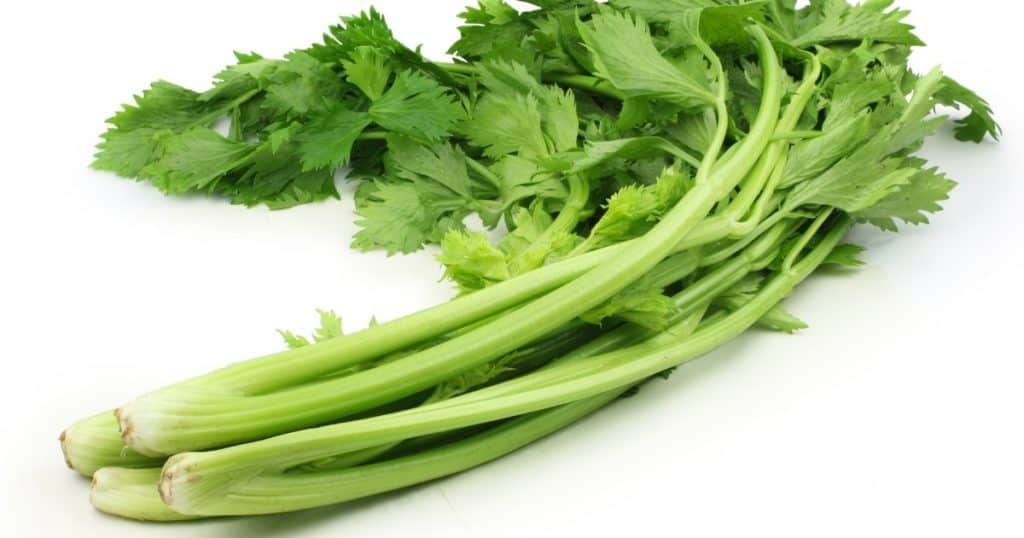
As mentioned earlier in the article, celery is a vegetable whose primary part that is eaten is the stem, although the leaves are also edible and can be consumed both raw and cooked.
As a snack, raw celery can be chopped into smaller pieces and consumed, usually as sticks that can be dipped in any sauce or added to a salad. Additionally, the celery leaves can be utilized to add taste to stock or broth.
Typically, cooked celery is utilized for soup, stews, stir-fry dishes, or consumed as is; however, it’s also commonly found alongside a serving of chicken wings.
Cauliflower
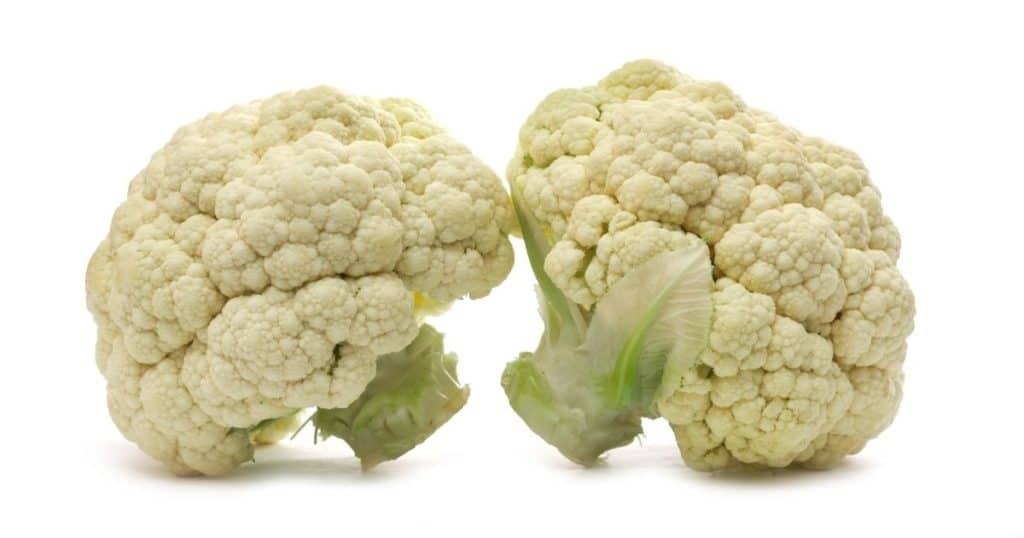
Cauliflower stems, leaves, and florets are all delicious and can be eaten. The taste of cauliflower florets is similar to that of broccoli florets. Although the texture may differ slightly, the various parts of the cauliflower have a comparable flavor.
Although the leaves of cauliflower are consumable, they are frequently thrown away.
Typically, cauliflowers are prepared by cooking them whole or in smaller pieces, and while it may not be common to solely consume the stems, it is possible to do so; however, usually the stems are consumed along with the florets.
Don’t underestimate the tastiness of cauliflower. It offers a variety of cooking options, including roasting, grilling, boiling, frying, steaming, pickling, or consuming raw.
Here’s my preferred method of utilizing cauliflower stems.
- Cauliflower boiled in salt water
- Cauliflower grilled with butter and salt
- You can roast cauliflower with the spices of your choice.
- Cauliflower rice
- Mashed cauliflower
Radish

All parts of the radish, including the roots, stems, and leaves, are consumable; however, the lower section of the stem can be challenging to chew due to its rough texture and stiffness even after cooking. The stem is located at the top of the radish.
Radish stems and leaves can be utilized to create flavorful broth or stock. Typically, these parts of the radish are thrown away, resulting in unnecessary food waste.
Radish leaves have a spicy taste and can be consumed in various ways such as sauteed, roasted, steamed, grilled, or raw.
Kohlrabi

Kohlrabi belongs to the cabbage family and has a taste resembling that of broccoli stems, but with a slightly more peppery flavor. Additionally, both kohlrabi and its stems are sweeter than broccoli.
Both the stems and leaves are consumable, and the stems are ideal for adding to salads and coleslaws.
Similar to kale or collard greens, the leaves can be cooked but require a longer cooking time, while the stems can be prepared by baking, sauteing, steaming, stir-frying, grilling, or boiling.
To determine if a vegetable stem is mature enough to eat, try cutting off a piece and taking a bite. While the stem should be firm, it shouldn’t feel as hard as wood.
It is tasty to cook the vegetable stems and leaves together with other vegetables, beef, chicken, or any vegan protein substitute through stir-frying.
Brussel Sprout
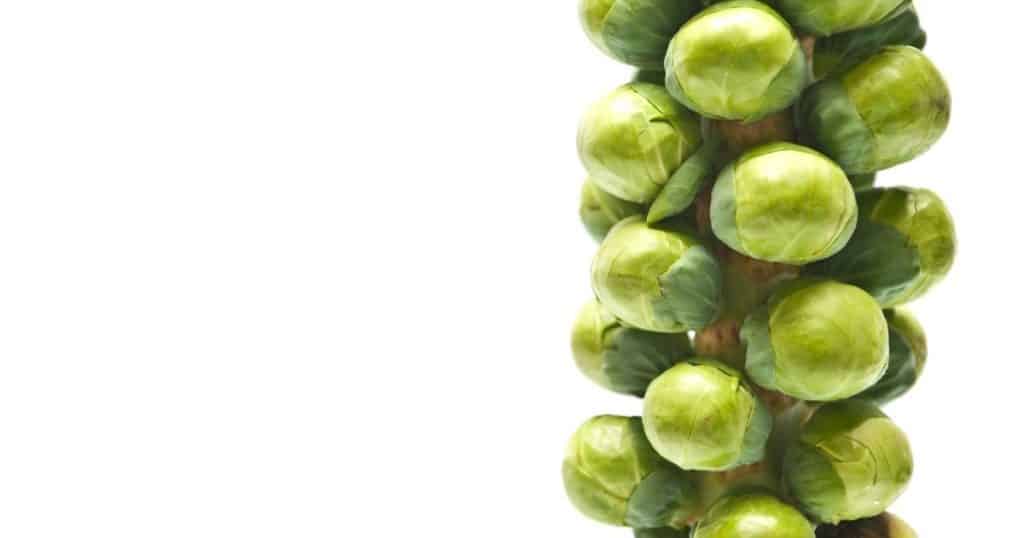
Do you find it difficult to imagine the way various vegetables grow, whether they come from a tree, bush, or ground? Personally, I only recently witnessed a brussel sprout stalk for the first time, complete with sprouts dangling from it.
It is uncommon to find Brussel sprouts with their stalks intact as they are usually sold without them, but some stores and markets offer the vegetable with the stalk included. The stalk is edible and can be cooked alongside the sprouts.
For tasty vegetable stems, it is suggested to combine the stalk and sprouts and roast them in the oven with oil and preferred seasonings. In case the stalk is too large for your oven, you can cut it into smaller pieces.
The stem of the Brussel sprouts provides a contrasting texture to the soft inside, making it a delicious addition to the dish.
Carrot
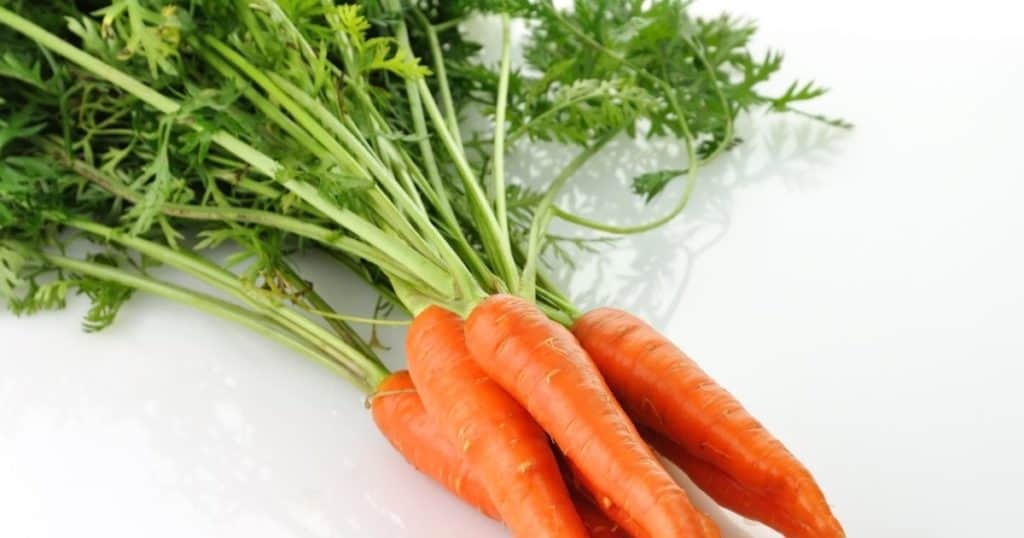
Carrot stems, which are also called carrot tops, have a bitter flavor that can add taste to various dishes and are entirely edible. Although cooking the greens can reduce their bitterness, it cannot eliminate it entirely.
Instead of throwing away your carrot tops, try incorporating them into your meals. They can be used to make delicious salsas, pesto, and salads.
Onion
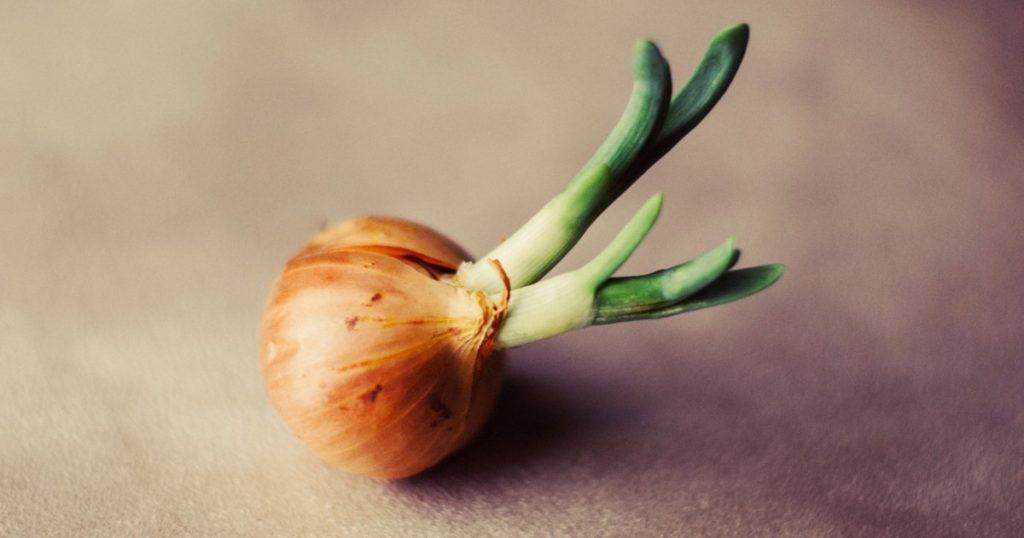
While the bulb of an onion is typically consumed, its attached green stem, which is equally edible, can also be eaten.
Similar to scallions or chives, the vegetable stem has a gentle onion taste and can be eaten raw or cooked. It can be diced and added to salsa or aioli, as well as sprinkled over dishes like chili, scrambled eggs, nachos, or quesadillas.
Beet
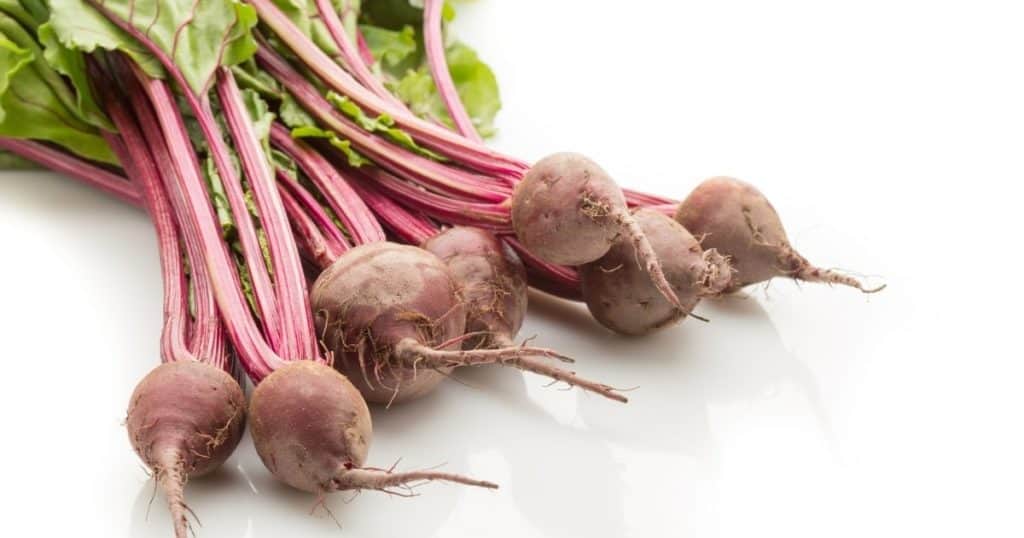
Beet stems are a rich source of minerals and vitamins, and they have a delightful flavor that can be likened to a sweeter variation of Swiss chard; furthermore, both the leaves and stems of beets are edible.
The flavor of the stems complements the taste of the beets excellently, creating a harmonious blend that is ideal for use in salads or hot dishes.
Leek
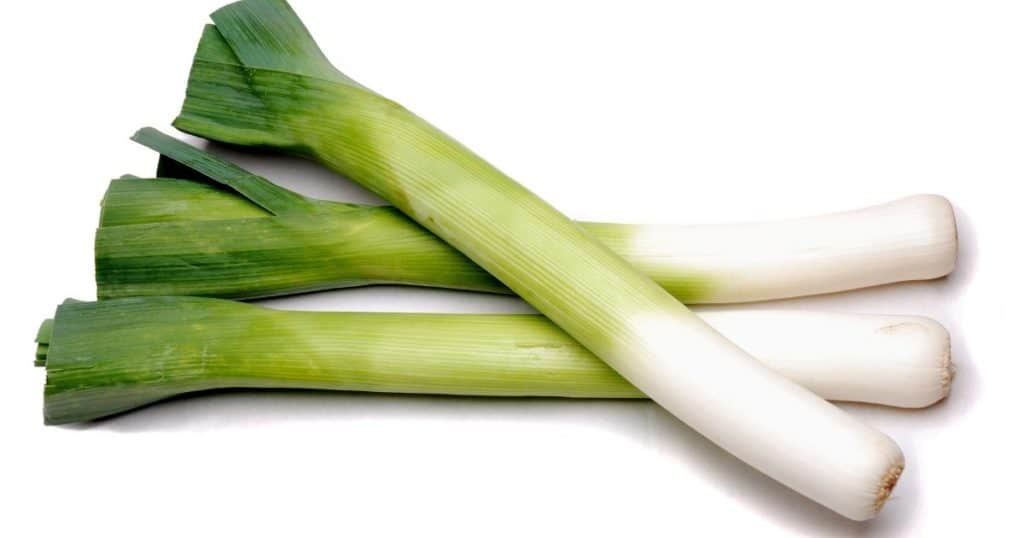
Leek stems are another tasty vegetable stem that can be consumed. The stem, which resembles a stalk with layered leaves on top, is the edible portion of the plant. You have the option of cooking the entire leek and consuming it whole or slicing it into smaller pieces to include in soups, salads, and various other dishes.
Fennel

Fennels resemble other root vegetables such as onions and have a bulb with several attached stalks or stems. Although most recipes use the bulb, the stems are equally delicious and can be utilized in various cooking methods.
Vegetable stems are edible in both raw and cooked forms, possessing a slightly sweet taste with a tough texture. When consuming them raw, it is recommended to slice the stem into thin pieces to aid in fiber breakdown and facilitate chewing.
By cooking, the stem can be significantly tenderized and utilized in various ways such as making pesto, stock, salads, juices, or even as a garnish for your preferred meals.
Turnips

Turnips have rightfully earned their spot on this list as they offer a unique advantage of being edible from the root to stem. This is particularly beneficial since turnip stems and leaves are known to be highly nutritious, with a high Aggregate Nutrient Density Index score.
Turnip stems are edible both raw and cooked, but they can be particularly tasty when steamed, sauteed, or boiled. When shopping for turnip stems, it’s best to choose specimens that appear plump and have a vibrant green color while avoiding those that are beginning to turn yellow.
Kale

Although not as attractive as the kale leaves, kale stems are still edible and can be cooked to make them chewable by tearing apart their tough fibers. To soften them, blanching the stems for a short time before sautéing or frying should be enough.
You can fry, pickle, or roast kale stems for a tasty treat.
Are Vegetable Stems Healthy?
Most vegetable stems contain nutrients similar to other edible parts of the vegetable, although the amount and concentration of these nutrients may differ depending on the specific stem and vegetable.
On occasions, the stems (or stalks) and leaves of a vegetable can contain a higher concentration of nutrients than other parts. It is important to avoid consuming any part of a vegetable if you are uncertain about its edibility. Certain leaves or stalks may have elevated levels of compounds that could adversely affect your health.
Nevertheless, concerning edible components of vegetables, whether it’s the stem, bulb, floret, or leaves, they are frequently loaded with nutrients and consuming them reduces food waste, which is excellent.
Which Stems Do We Eat as Vegetables?
As the list of vegetable stems expanded, it may be beneficial to provide a distinct reference that identifies which familiar vegetables are consumed in stem form.
- Asparagus
- Celery
- Rhubarb
- Broccoli
- Cauliflower
- Bamboo shoots
- Scallion
Conclusion
It is a fact that vegetable stems are usually edible and contain a good amount of nutrients and taste. If you are someone who cultivates vegetables in your garden or buys them with the stem attached, avoid discarding the stems immediately.
By using your imagination, a few vegetable stems can be utilized to their fullest potential. Once you become familiar with the process, you will know how to extract the maximum benefit from each and every vegetable.
You can also check this video about “19 Tasty Vegetable Stems You Can Eat (With Pictures)”
Check out our 10 reviews!
Related posts
https://fillmorekitchen.com/do-rice-cookers-boil-water/
https://fillmorekitchen.com/do-you-need-to-preheat-water-for-sous-vide/
https://fillmorekitchen.com/why-does-my-pizza-oven-smoke-so-much/
https://fillmorekitchen.com/can-you-put-aluminum-foil-in-a-halogen-oven/
https://fillmorekitchen.com/why-your-halogen-oven-wont-turn-on/



